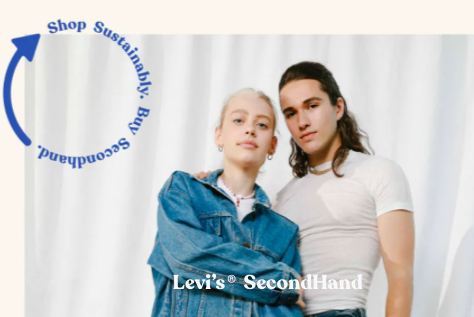Time for brands to make well and profit twice

Strategy Leaders
If brands looked to truly champion sustainable commerce by engineering sales around second and third owners, they could help consumers do their bit for the planet while unlocking further revenue streams.
The 90s and 00s fashion trends are back in full swing. So much so that many retailers have been unlocking growth today by re-issuing classic designs of yore: Prada and the 2005 reedition; Dior and the Saddle bag re-issue; the resurgence of Champion athletic wear, Stussy skater gear and Doc Marten boots.
As I dug a tiny designer nylon bag gifted by my parents in 2005 out of the depths of my closet – I couldn’t help but think: why are people out there buying the new version, when we, and brands, could be properly championing the original?
Isn’t this especially true, if the quality is as exceptional and timeless as the designers and retailers extol?
My bag needed a new zip but was otherwise perfectly usable. And if I did indeed choose to sell it, a bit of research on eBay showed that I could make a healthy three-figure profit.
What if we treated bags like cars?
If everybody bought one used item this year, instead of buying new, it would save £449m of waste.
And there is a consumer demand that could make this a reality, with a 404% YoY increase in second-hand sales, 41% of which are clothing, shoes, and bags.
A visit to London’s Swapnation tangibly demonstrates that consumers are actively buying second-hand and originals. But they often face the challenge of authentication and proper repairs, a key pitfall of buying second-hand. Retail brands often wash their hands of any association with vintage.
However, car manufacturers have been embracing this for decades, offering warranties, service and repairs for their used cars. And Apple has ventured into the market with its refurbished line of iPhones and other devices.
Ikea rolled out their ‘buy back and sell service’ after a successful trial, whilst Levi’s launched their second hand shop last autumn.
These brands have enough confidence in their products to know there will be demand, and the quality will withstand a second (or third) run.
How paid media can help
More brands could walk the (sustainable) walk by launching a second-hand market of their own goods, especially in the luxury market, rather than relying on retailers like Harrods and Selfridges to do so.
However, growth for tomorrow could come from complementing the booming second-hand market with paid for authentication services, warranties for second hand authentic goods, and second-hand repair services, thereby offering another revenue stream for retailers, many years after the manufacture of the original item. And this stretches beyond clothing to electronics, sport goods, furniture and DIY tools.
Understanding demand is easy enough by looking at search volumes in search engines and on second-hand marketplaces like eBay and depop.
And paid media can help with surfacing the appropriate authentication, warranty, and/or service message after any second-hand item is purchased (or being researched).
More importantly, media can help with providing confidence in the services provided and cement the notion that the original, even second-hand, is best and will withstand the test of time.
Buy cheap, buy twice – so the saying goes for consumers. Let’s flip this for retailers: Make well, profit twice.
If brands looked to truly champion their originals with service, care and repairs (for even the second or third owner), rather than always making newer versions and pushing for their sale, then that could help consumers do their bit for the planet while opening further revenue streams for brands.
Monica Majumdar is head of strategy at Wavemaker UK
Strategy Leaders: Mediatel News’ weekly bulletin with thought leadership, news and analysis dedicated to excellence in commercial media strategy.
Sign up for free to ensure you stay up-to-date every Tuesday.




